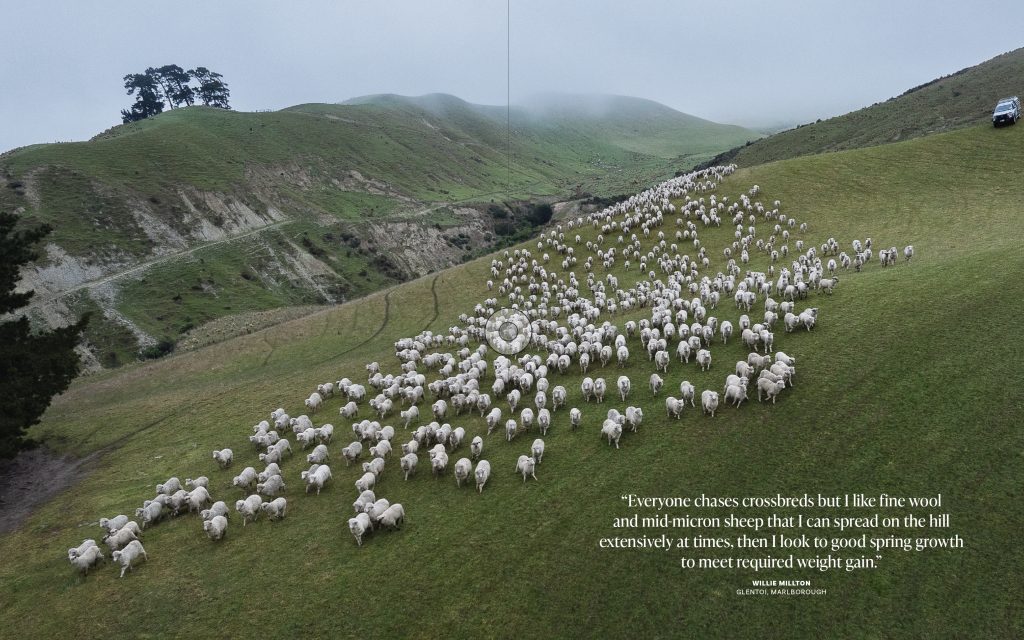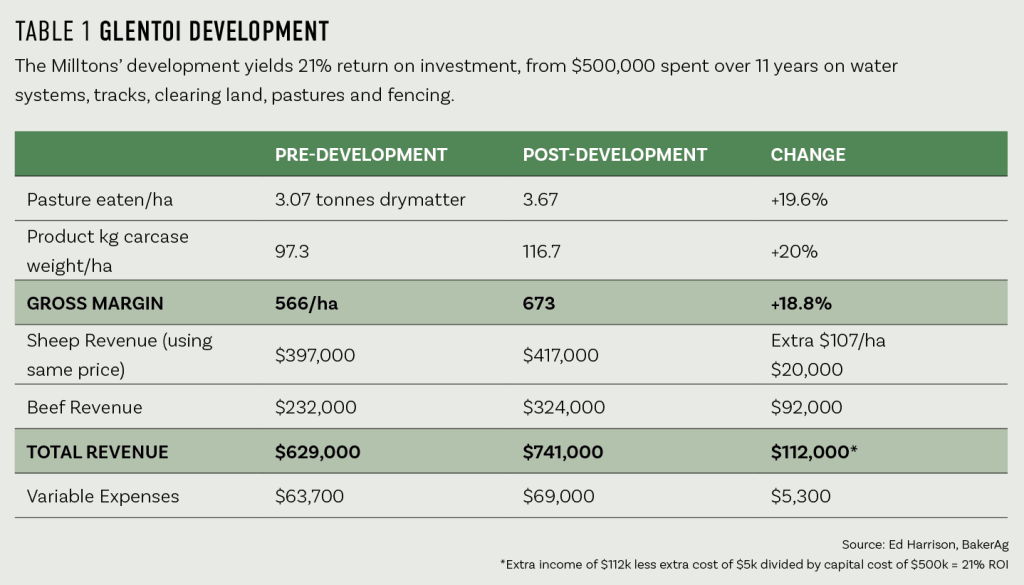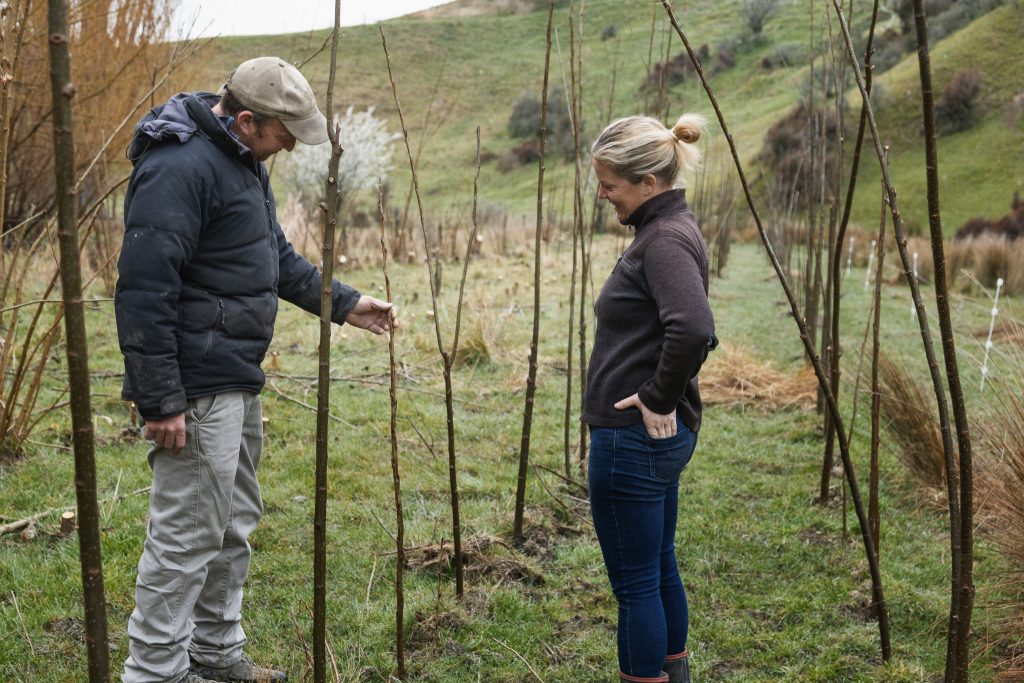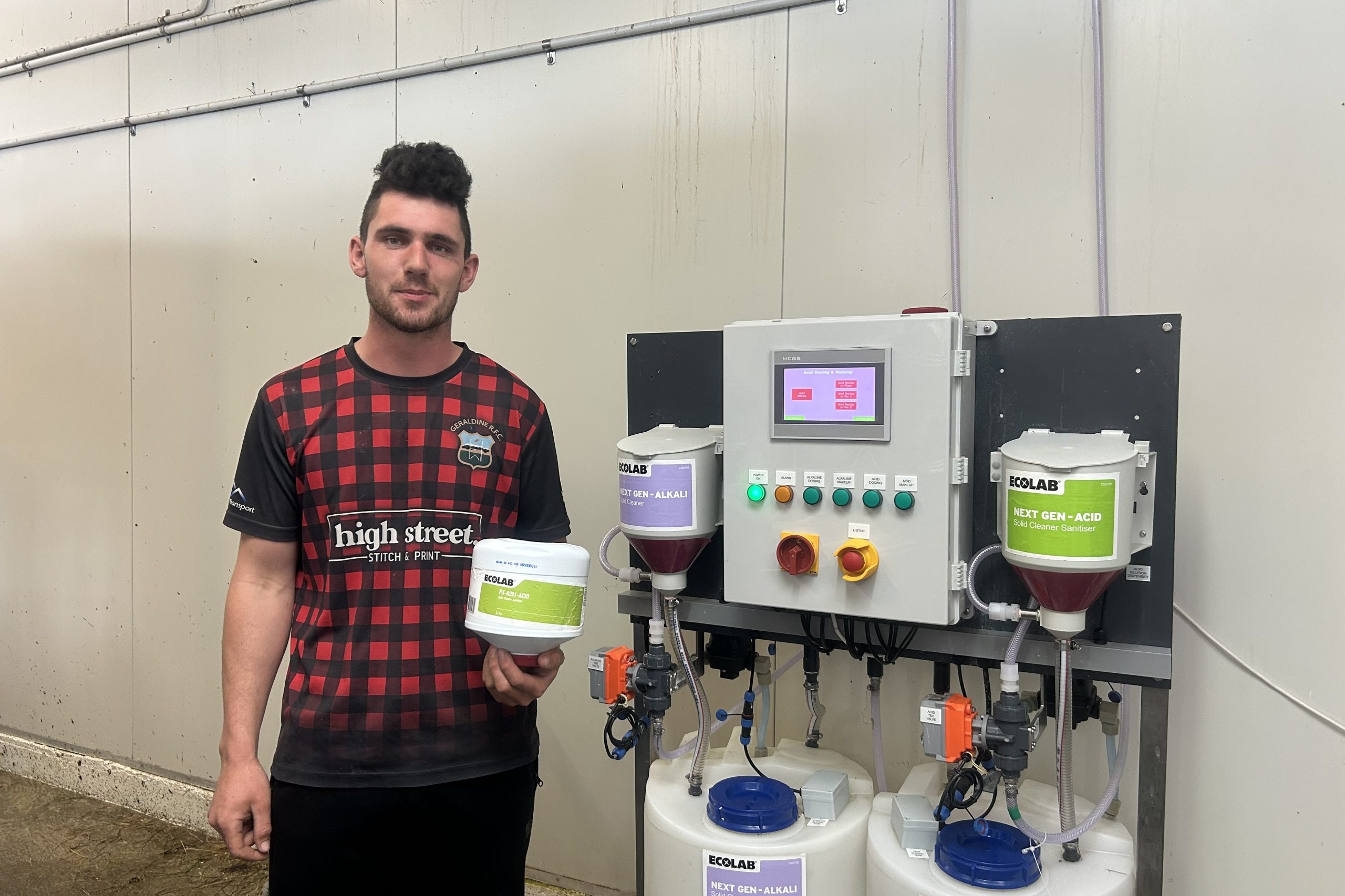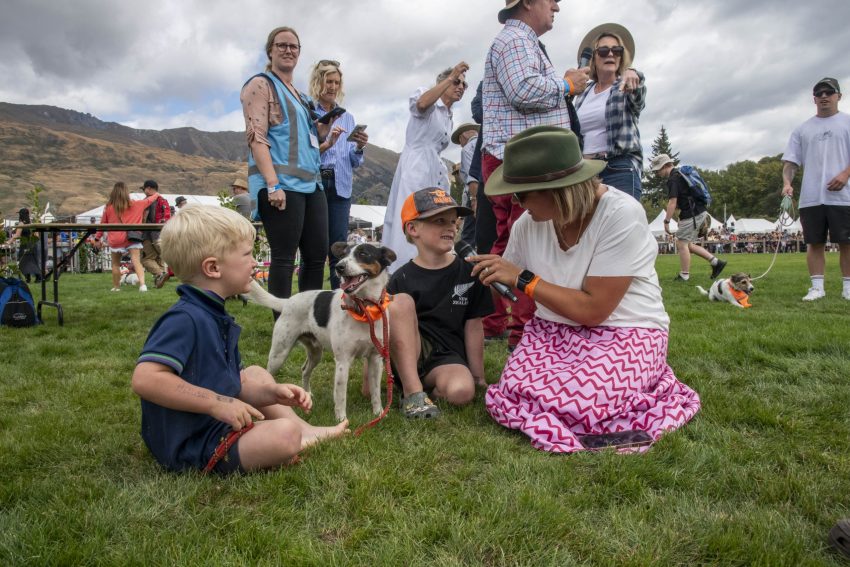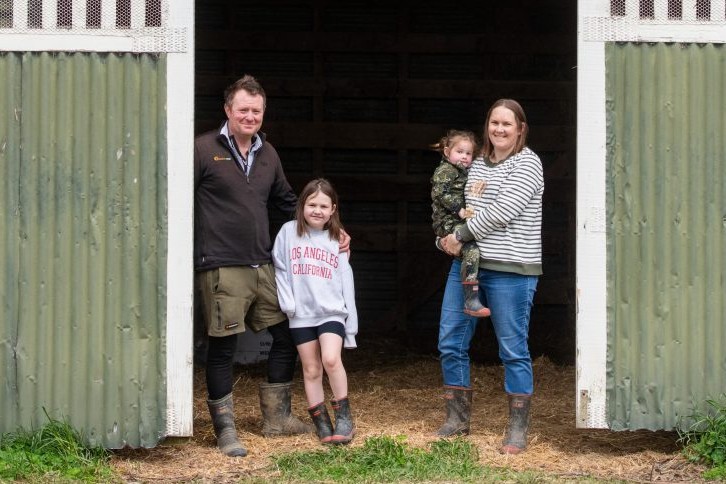Rebuilding a clear farm system
Together, the Milltons from Marlborough have weathered earthquakes, drought, succession, and bold shifts in stock policy. All with the watchful eye from Van Tour friend and farm advisor Ed Harrison. Words Joanna Grigg and photos Jim Tannock.
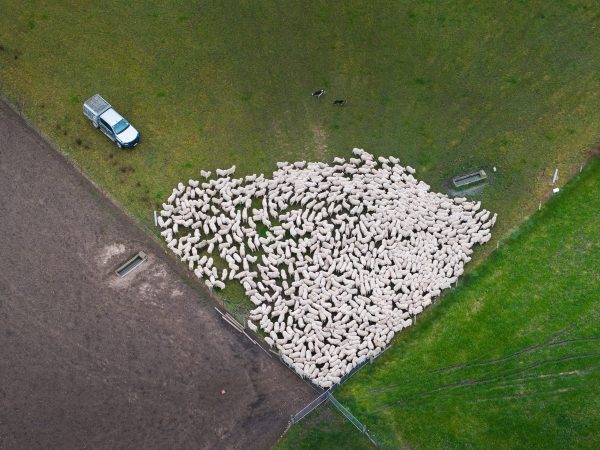
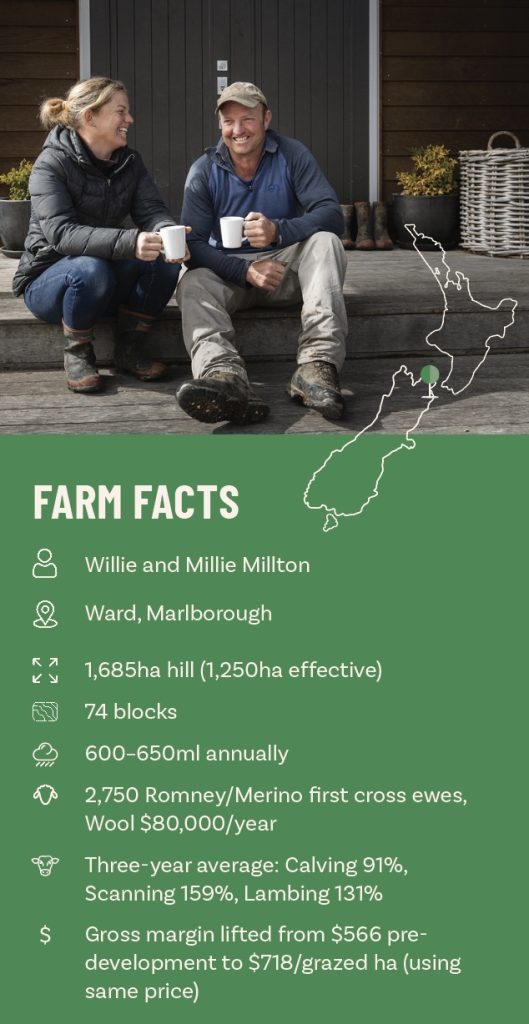 It’s often said that life is about the journey, not just the destination – and for Millie and Willie Millton, that couldn’t be truer. What began as a shared European campervan tour (Van Tour) of beer festivals turned into a life and farming partnership together in the rugged and beautiful landscapes of South Marlborough.
It’s often said that life is about the journey, not just the destination – and for Millie and Willie Millton, that couldn’t be truer. What began as a shared European campervan tour (Van Tour) of beer festivals turned into a life and farming partnership together in the rugged and beautiful landscapes of South Marlborough.
Their story is about much more than hectares and stock units. It’s about embracing change, adapting through adversity – including rebuilding after the 2016 Kaikōura earthquake – and making strategic decisions with heart and vision.
Millie comes from a Karamea (West Coast) dairy and vegetable-growing family and now on the farm manages the books, compliance, and off-farm ventures. Willie, with his deep roots in Clarence and South Westland, brings a wealth of stockmanship and development insight, often backed by long-time friend and farm consultant Ed Harrison – another Van Tour connection.
Today, the couple own Glentoi, an 892ha farm that’s grown to 1,685ha, and were winners of the farming category at the 2024–25 Port Marlborough – Marlborough Environment Awards.
They held a recent Beef + Lamb New Zealand field day sharing the challenges and triumphs of farming in a modern, ever-changing climate. From farm succession to water systems, emissions planning, and a bold stock policy shift, Millie and Willie have learned to play to their strengths.
The couple now farm and own Glentoi in South Marlborough and shared their farming story at a recent Beef + Lamb field day.
Millie managed her family’s 300-cow herd and worked for LIC in Ashburton, which she describes as her “favourite job”, making her sharp in their farm office. At Glentoi she manages the accounts, Emissions Trading Scheme blocks and off-farm investments, as well as working part-time for Cinta Research. Her love for growing things and DIY has seen her start a poplar nursery for their own use.
Willie’s family, the Clarence-based Milltons, moved from South Westland in 1985 to farm north of Kaikōura. They also operate a lime quarry. After obtaining a Diploma in Farm Management from Lincoln University, Willie spent time shepherding in Canterbury and Otago, including Hunter Valley Station and Lochiel. He did a summer on the classic three Marlborough ‘M’ stations: Middlehurst, Muller and Molesworth.
“The best thing for me was learning from other farmers,” says Willie. “The early years between school and settling down are gold in setting up relationships, enhancing practical skills and stockmanship, as well as having a heap of fun along the way.”
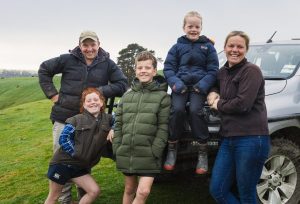
After travel, Willie worked for the family business for three years, managing the Milltons’ 750ha farm Birch Hill, in Oxford. As part of succession, the Milltons purchased the 892ha property Glentoi in 2014. In hindsight, the timing around buying Glentoi was a good one as farm interest rates halved between 2014 and 2020. Land values were also favourable at under $1,000/stock unit.
The excitement of moving to Glentoi was somewhat crushed, with the Kaikōura earthquake damaging the homestead in 2016. Willie and Millie lived in the garage, then a farm cottage nearby, while it was completely rebuilt over two years. By this stage they had Paddy and Ted.
The Milltons’ home farm, south of the Clarence, was also hit badly in the earthquake. It made headlines for losing cattle in an enormous slip. Willie’s mother and artist Jane Millton immortalised the cow and calf that surfed the slip in her children’s book Moo and Moo and the Little Calf Too.
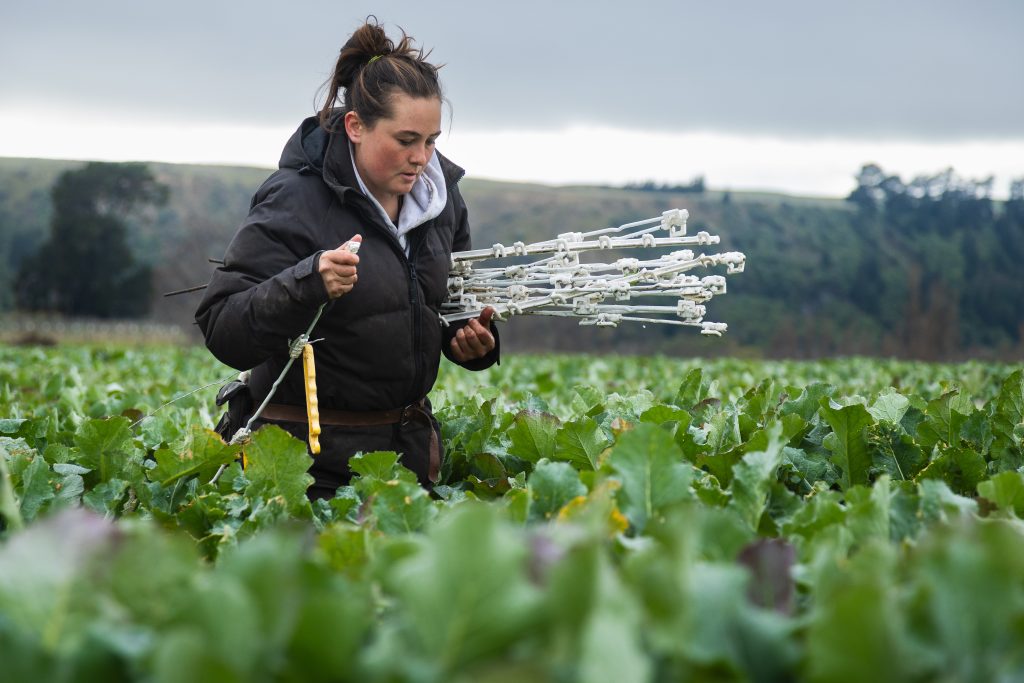
By 2019, farm succession was finalised and Willie and Millie took full ownership of Glentoi and ran Birch Hill. Jane and Ben, Willie’s brother, took on the Clarence property. When Glentoi’s neighbouring block Hummocks came up in 2020, the purchase of 843ha added enough scale to warrant employing a full-time shepherd. It created a 1,685ha farm (1,250ha effective).
“It was the perfect addition, with literally a gate in the fence,” says Willie.
Existing stock were purchased with the farm, to get the deal over the line. They were rounded up and replaced. Having Willie working across the Glentoi, Hummocks and Birch Hill (four hours away) was starting to take a toll however.
“I was spending hours in the ute and Millie was farming too and home with young children, one who was quite unwell at the time. I’d leave at 5am in the morning, then get home in the early hours next morning.”
After a lot of to and fro with trusted confidante Ed Harrison, BakerAg, they decided to exit the lease in 2022.
“It was uneconomic as the rent had increased, it was too far away and we were burning ourselves out,” says Willie.
The decision was a relief but it took courage to look beyond the emotional attachment that the family had for Birch Hill, which went back to 1878.
“Ed was very clear on looking at the decision based on human and financial angles and it was an absolute game changer,” Millie says.
Willie first met Ed at Lincoln and they did the Van Tour together. Ed became their advisor when the Milltons accessed MPI drought relief funding to engage a consultant for feed in 2021. Ed was making a name for himself in the consultancy world. Millie and Willie both agree attending a Agri Women’s Development Trust day, on understanding your farm business, was also a pivotal moment.
“We each drew a picture of ourselves around retirement time and they were very different, so we had to talk it through and get on the same page,” says Millie.
Together they make a great team. With new-found confidence and direction, Willie and Millie haven’t looked back. They launched into farm development and identified ETS areas. In 2024 they upgraded the shepherds’ accommodation and now rent it out for handy income. Shepherd Brooke Thompson lives in her own house and travels to work each day. The most recent change is to stock policy, with all replacement sheep bought in. And Millie is hunting for another rental property.
Race or pace development
Willie Millton reflects he should have front-loaded farm development, gone a bit harder and outsourced some of the work, rather than do it himself.
That said, the drought in 2020–21 sucked up funds and the Birch Hill lease was keeping him distracted. Despite it taking 11 years to get tracks, fences and water sorted at Glentoi, the end result is impressive.
Figures presented at the June B+LNZ field day show that investing $500,000 into Glentoi over 11 years has reaped an impressive 21% return. Calculations show pasture eaten and production both increased 20%, giving a 19% increase in gross margin (from $566 to $673/hectare). An 8% drop in sheep was balanced by a 15% increase in beef cattle over this time.
Over the 1,000ha developed (of 1,685ha) the extra revenue was $106,000 ($107/ha), less direct shearing and health costs.
Willie thinks the best return is from the 9.2km water pipe. This draws water from the Flaxbourne River, replacing dams that were not reliable. Five new water tanks and 35 troughs were added. Small solar systems were installed to push spring water up to a tank to gravity-feed troughs. Willie designed the system himself and did a lot on his father Derrick’s digger, meaning costs were kept to a lean $65,000. It’s allowed a big increase in stock numbers, with an extra 780 stock units at Hummocks alone. This was with little subdivision – just water.
In 2021, 130ha of mānuka and woody species was sprayed for $300/ha. Willie says this was not 100% successful in that regrowth happened. “We should have sprayed it twice.”
Some areas they’ve let go back into regeneration, making it eligible for the ETS, so it had a silver lining. The 40ha worked up from native tussock was a different story with great results from the $1,500/ha investment (including fertiliser and lime).
Fencing averaged $14/m and included five and eight wire electric and some netting. What were 35 paddocks are now 74 and the pasture has gone from fluffy tag to green, Willie says. Savings were made using Repost vineyard posts although fencing was by contractors.
“By then I’d learnt to get help, so I could get on to the next job,” says Willie.
The new tracks through to the Hummocks are impressive and radically improved labour efficiency. It took 300 bulldozer hours and the same for the digger, but has future-proofed the farm.
Annual fertiliser is 500kg of lime and 30kg of sulphur applied to a third of the hill country. Ed Harrison, BakerAg, said that while Olsen P levels are still limited, addressing the pH and sulphur still presents the greatest return.
pH is as low as 5.3 and has been corrected up to 6.2 in areas. Thirty hectares are cropped annually (oats and grass) and grazed with yearling cattle and hoggets.
“Using shorter rotation crops is cheaper than permanent pastures which don’t last as expected,” says Willie.
The pair have tried to develop systems that suit them and the land. To help this they opted to have a catchment condition survey done on the whole property through the Marlborough District Council and the Flaxbourne Catchment Group. This identified waterways, stream crossing, run-off areas, weed issues, wetlands and erosion-prone spots. They are 70% through eradicating their wilding pines. They produce 200 poplar poles a year from their on-farm nursery.
“Since we have been using our own poles, the survival rate has increased,” Millie says.
Willie also collects and propagates native plants. Their land stewardship was recognised regionally with a win in the farming section of the 2025 Port Marlborough Marlborough Environment Awards. Their top management saw them receive a Gold standard NZFAP Plus accreditation in 2024.
Buying in hoggets, more trade
Not everyone loves trading finer micron sheep, but Willie Millton does and he expects an $80 margin this year.
“Everyone chases crossbreds but I like fine wool and mid-micron sheep that I can spread on the hill extensively at times, then I look to good spring growth to meet required weight gain.”
He will buy any breed but target mid-micron, and says wool should bring in $30/head (three kilograms at $10) and the carcase $200.
The Glentoi system is set up to finish 2,200 lambs from March/April through to November. This year, the very dry autumn meant they only bought 1,300 and had to graze some off for two months. All lambs had a belly crutch to get a shearing response without shearing, and shearing will be early September, says Willie.
This mating, all 2,630 Merino/Romney-cross ewes went to a terminal sire on 1 April with the aim of selling almost all progeny before Christmas, hopefully with 60% prime (17.5kg carcase). This will destock the place over the slow-growth summer, apart from 150 of the smallest lambs.
“The reason for buying in replacements is we were spending so much time trying to raise good hoggets but were bleeding cash, always feeding out or grazing off, and two-tooths and ewes were not the focus,” Willie explains.
“By then I’d learnt to get help, so I could get on to the next job.” – Willie Millton, Glentoi, Marlborough
He is happy to pay the $80–$100 difference between a prime terminal ewe lamb at weaning in November, and a well-grown hogget in September 10 months later.
Relationships are important to Willie and he’s found two contacts who can supply hoggets that have similar genetics to the existing Glentoi flock. Glentoi has used Benmore Station genetics as the base for four years. Hoggets will arrive in spring weighing at least 40kg and will be mated in April as two-tooths. They are targeting 135% lambing from this terminal system across all ages. The past three lamb crops have achieved 120%, 137% and 136%, with maternal rams.
This year, off the back of a very dry autumn, the old ewes scanned a handy 170%, mixed-age 159% although two-tooths were back at 129% (2% dry rate). If survival is good, then 130% may be achieved, Willie says.
This autumn Glentoi calves weighed 225kg. All steer calves and surplus lambs are sold to one of Willie’s Van Tour friends in Fairlie. The heifer calves are retained for the spring grass market, if the season allows.
Clarity brings confidence
Bringing farm consultant Ed Harrison into the business has been a game changer, especially helping boost confidence in decision-making, says Willie.
Ed asked Willie and Millie to first set their goals and to make sure each decision circles back to their goals.
“My role is to hold up a mirror to see if they are on track,” Ed says. “Governance is a roadmap, guiding individuals towards specific objectives. Formalising goals streamlines activities, avoids wasting energy on unproductive tasks and becomes a benchmark for success. This ensures everyone is engaged and understands what is going on, which is crucial for husband-and-wife teams, especially when sacrifices are being made.”
“My role is to hold up a mirror to see if they are on track. Governance is a roadmap, guiding individuals towards specific objectives.” – Ed Harrison, BakerAg
Speaking at the B+LNZ field day, Millie said their goals were family first. By this it means giving the kids the best possible start with good social skills and understanding the importance of family and community. Learning a work ethic involved kids doing a budget before rearing calves, then committing to feeding calves before and after school.
The second goal is performance and profit short-term, allowing for diversification long-term into off-farm investments including shares and a rental property. They have planted a 30ha tree block for carbon sequestration, and possibly timber as it’s close to the road. They took an ANZ Greenloan to plant. Millie says proceeds are ring-fenced for off-farm investment. She wants to limit exotic tree planting to 10% of the farm area but add to the 90ha of indigenous forest.
“We expect little impact on stocking rate when we plant more forest, as we are improving other areas.”

